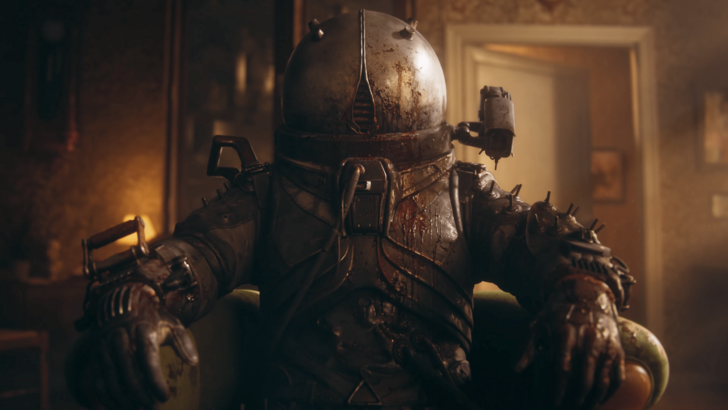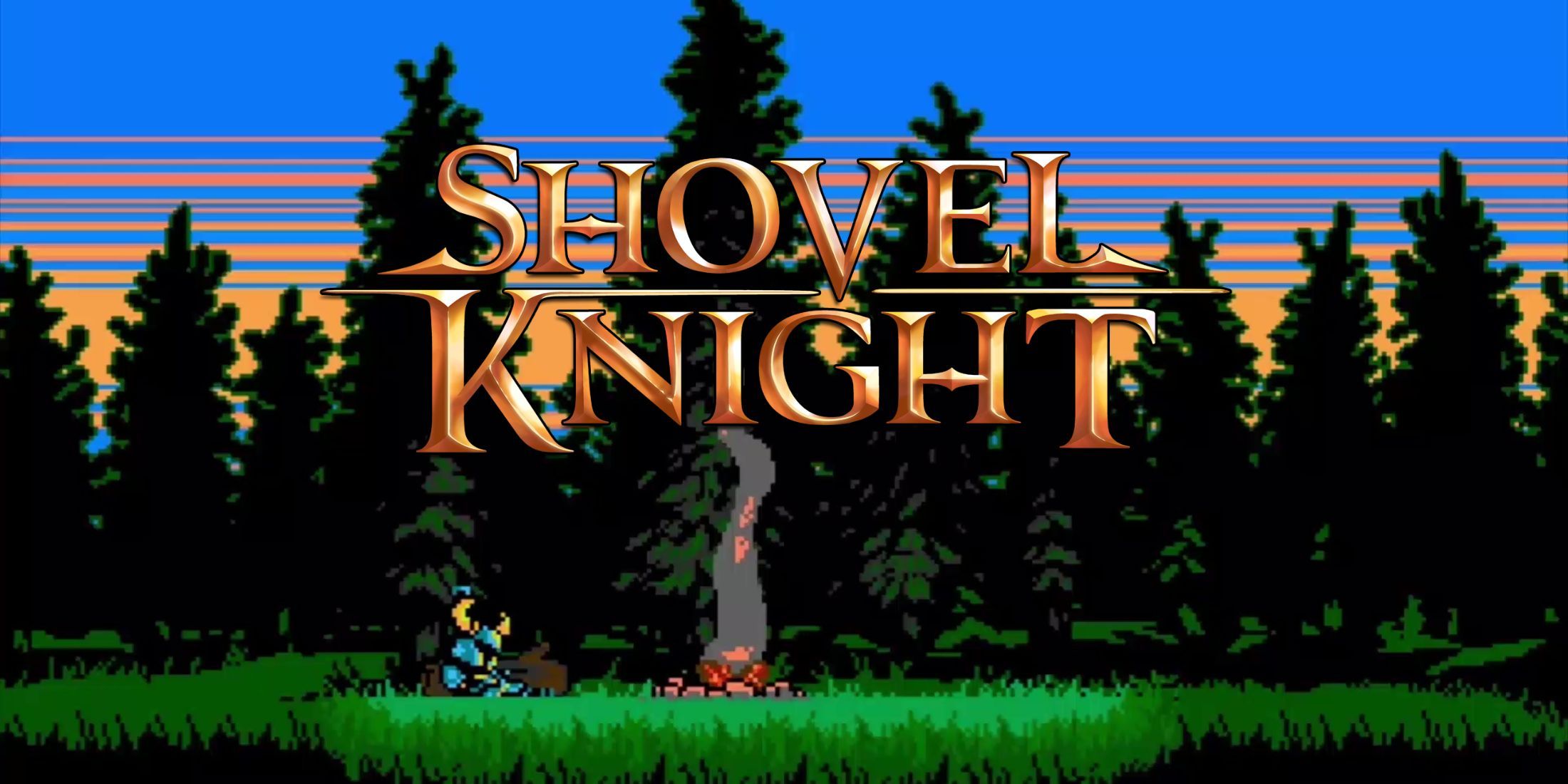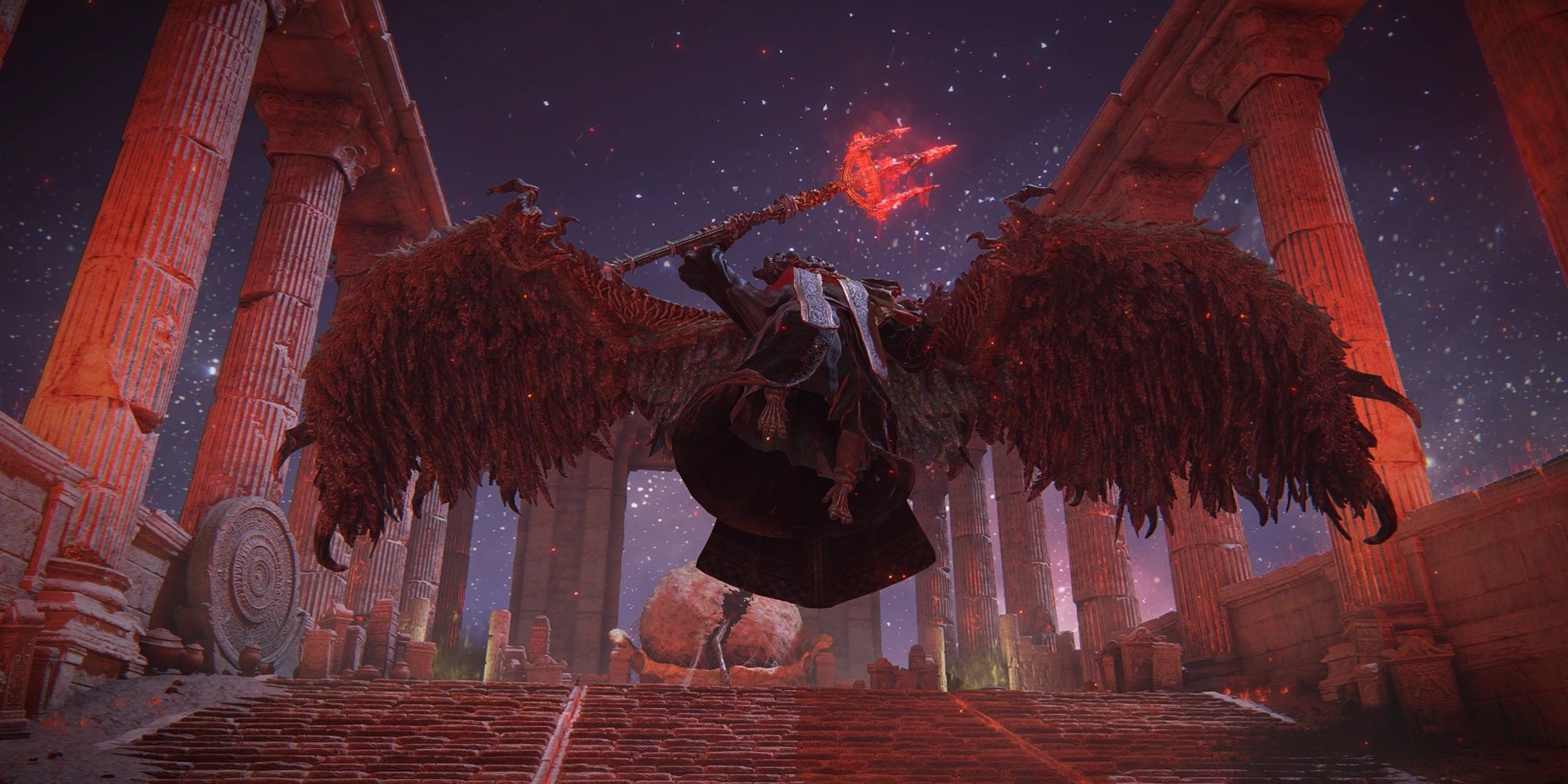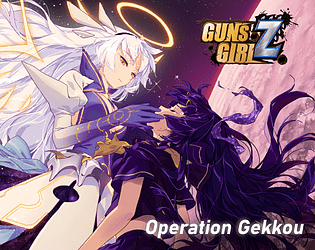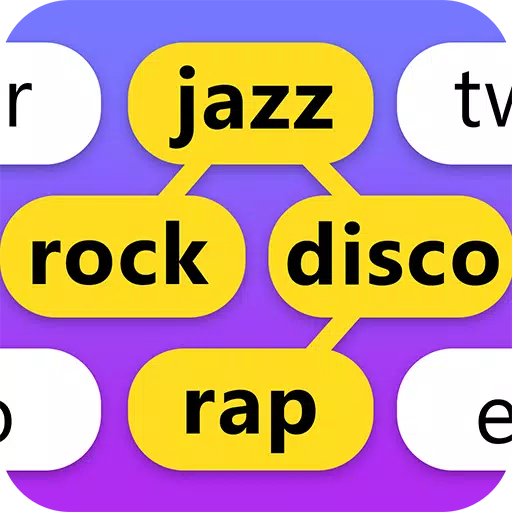Update 5/14/25: Digital Foundry has unveiled the complete specifications of the SoC powering the Nintendo Switch 2, confirming many circulating rumors about the console, including the CUDA core count of the Tegra T239. This insight sheds light on the system's performance potential when it launches in June, though its real-world game performance remains to be seen. The future looks promising for this mobile powerhouse.
Original article:
The Nintendo Switch 2 has been officially introduced, boasting significant upgrades over its predecessor. However, it enters a crowded market unlike the original Switch, competing with devices like the Steam Deck and Asus ROG Ally X, which excel at running AAA PC titles on the go.
While the Switch 2 will naturally appeal to fans of Nintendo exclusives like Mario Kart World, its $449 price tag puts it in direct competition with devices like the Steam Deck for those seeking multiplatform gaming experiences.
With Nintendo revealing details about the console’s hardware, we can now assess its performance capabilities and evaluate whether its 4K gaming claims hold up.
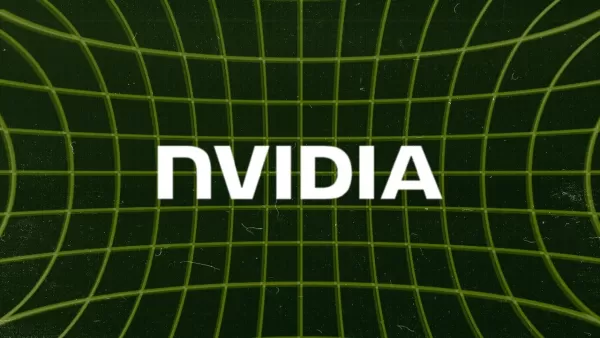
Nvidia’s Tailored Processor
The heart of the Nintendo Switch 2 is its custom Nvidia SoC, a critical component defining the console’s capabilities. Featuring the Nvidia Tegra T239 with an 8-core ARM CPU and an Ampere GPU with 1,536 CUDA cores, it supports advanced features like DLSS and ray tracing, as confirmed by Digital Foundry’s detailed specs.
Leaks from 2023, now verified, hinted at the Tegra T239’s use in the Switch 2. This APU combines 8 ARM A78C cores with an Ampere GPU, delivering 12 Streaming Multiprocessors—modest compared to even the smallest Ampere GPU, the RTX 3050 for laptops. Still, each SM includes four Tensor Cores and one RT core, totaling 48 Tensor Cores and 12 RT cores.
In contrast, the Steam Deck’s custom AMD APU uses 8 RDNA 2 GPU cores, which is less robust than the Switch 2’s offering. However, the Steam Deck benefits from a lower-resolution display and higher power draw. Meanwhile, upcoming AMD Z2 processors, like the Z2 Extreme with 16 RDNA 3.5 GPU cores, promise significant upgrades but at a higher cost.
Nintendo Switch 2 Direct April 2025 Lineup
Every title showcased during Nintendo’s April 2 Switch 2 reveal event.See All
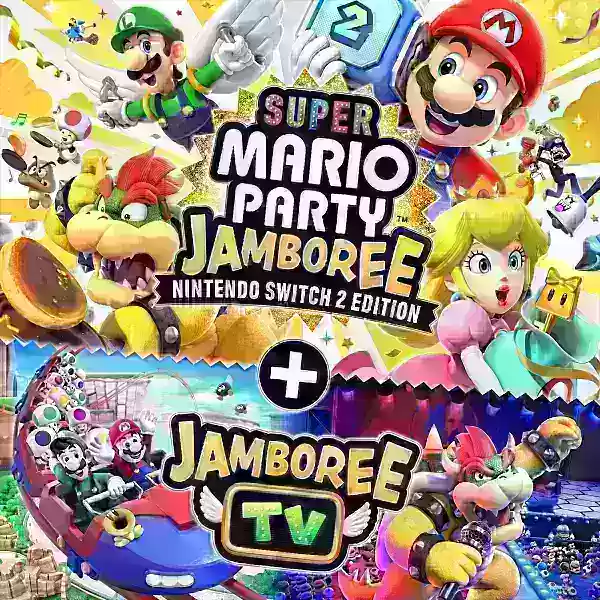
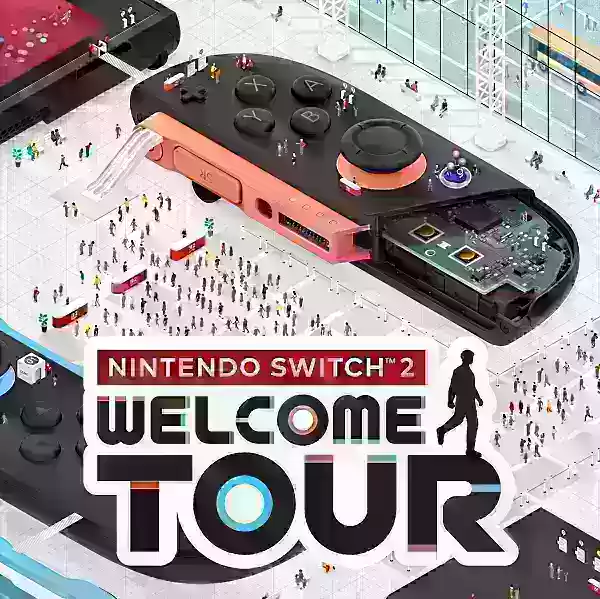
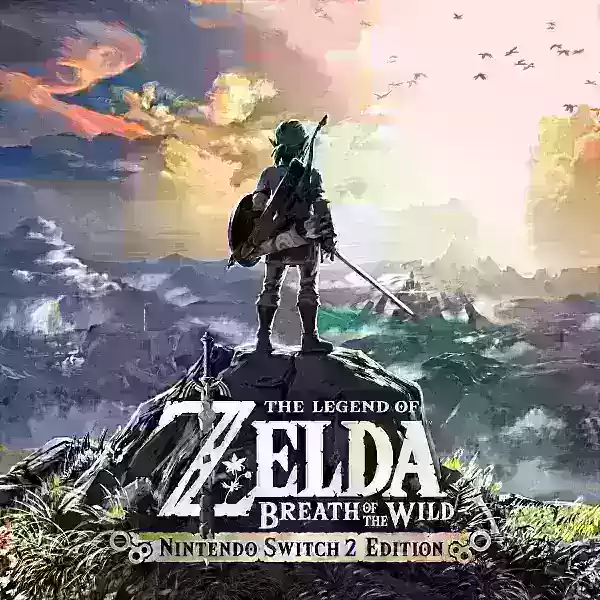
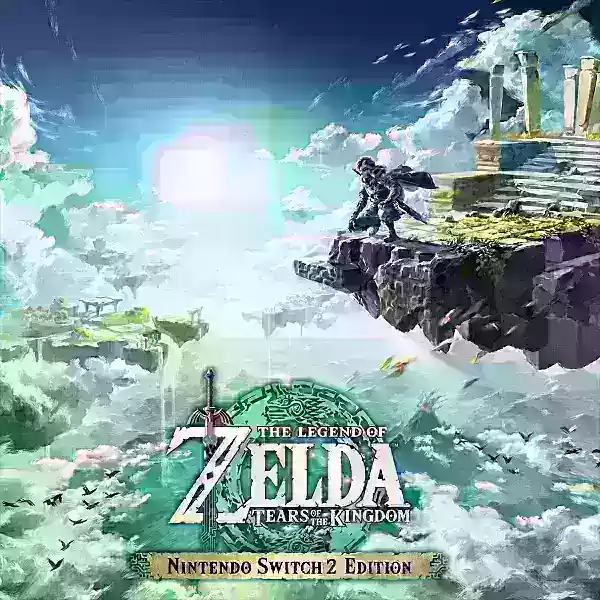

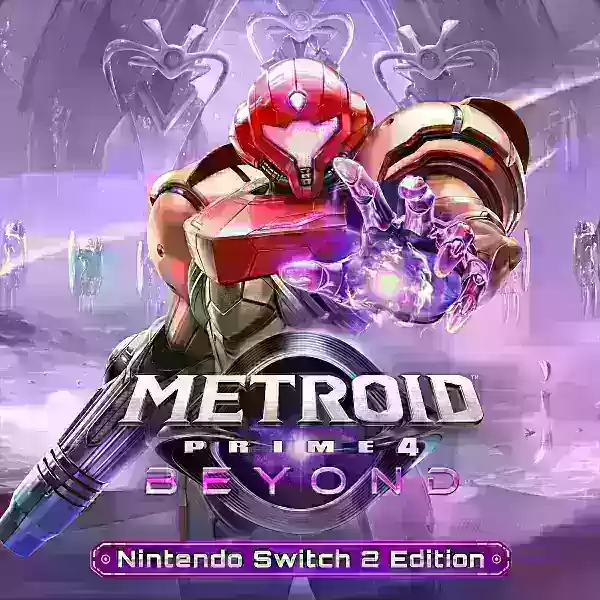
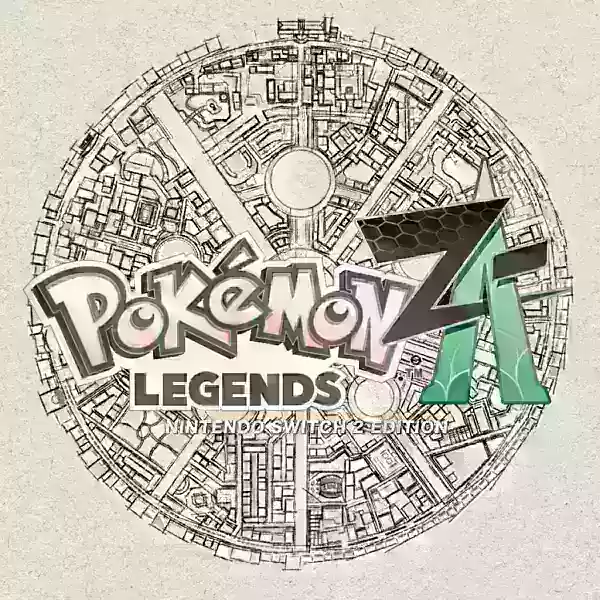

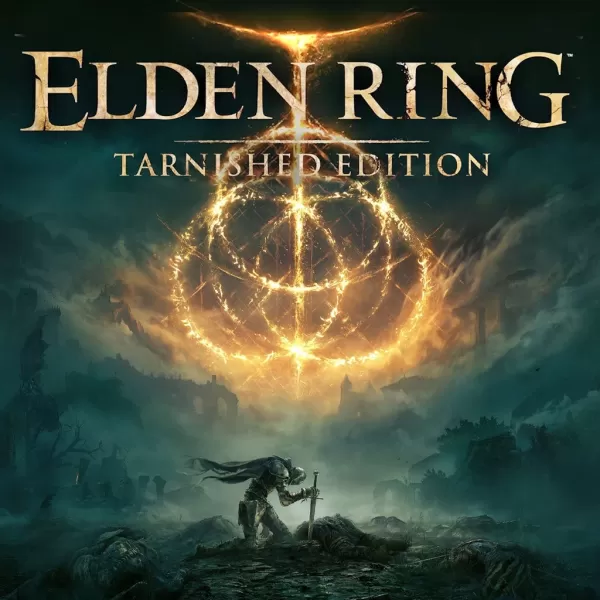
The modest GPU size makes native 4K gaming unlikely, but the inclusion of Tensor Cores enables DLSS, which will be crucial for performance when docked. However, with only 48 Tensor Cores, upscaling to 4K will be challenging for all but the lightest games.
Most titles will likely target 1080p, often relying on upscaling rather than native rendering. According to Digital Foundry’s hands-on demos, games like Donkey Kong Bananza achieve native 1080p, while third-party titles like Cyberpunk 2077 may drop to 540p, heavily dependent on upscaling. Even with DLSS, 4K performance for demanding games like Cyberpunk 2077 is improbable.
The T239’s RT cores enable hardware-based ray tracing, but with just 12 RT cores, its capabilities are limited. Ray tracing is feasible but won’t deliver stunning results, especially in graphically intensive titles like Cyberpunk 2077.
Power constraints further limit performance. Richard Leadbetter from Digital Foundry estimates the entire system, including the display and SoC, consumes around 10W, leaving roughly 5-6W for the SoC—far less than the Steam Deck’s AMD APU.
[The GPU clocks at 1,007MHz when docked, slightly below the mobile RTX 3050, but drops to 561MHz in handheld mode, significantly impacting performance. Conversely, the CPU runs faster in handheld mode at 1,101MHz compared to 998MHz when docked, likely compensating for reduced memory bandwidth in portable mode.
The Switch 2 features 12GB of LPDDR5 memory on a 128-bit bus, a major leap from the original Switch. Docked, it achieves 102GB/s of memory bandwidth, reduced to 68GB/s in handheld mode. For open-world games like Mario Kart World, this bandwidth reduction could noticeably affect performance.]
While the Switch 2 may not match the raw power of handheld gaming PCs like the Asus ROG Ally X, Nintendo’s knack for optimizing its hardware shines through. Games like Mario Kart World and Donkey Kong Bananza look visually impressive, showcasing the company’s development prowess.
The original Switch relied on the Nvidia Tegra X1 with 256 CUDA cores on the outdated Maxwell architecture. The Switch 2’s Ampere-based GPU, with six times more cores and vastly improved efficiency, promises significant performance gains, especially for cross-generation titles like The Legend of Zelda: Tears of the Kingdom.
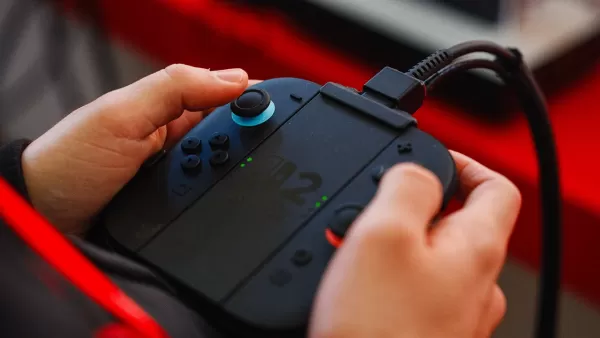
Battery Performance
A 10W system power budget limits performance but extends battery life. Nintendo claims a minimum of two hours, shorter than the original Switch due to a higher-resolution display and more powerful processor.
The Switch 2’s 5,220mAh battery is a notable upgrade from the original’s 4,310mAh, equating to roughly 19Whr. While smaller than the Steam Deck’s battery, it delivers comparable longevity thanks to its energy-efficient design.
Size constraints likely prevented a larger battery, as Nintendo prioritized maintaining the console’s slim profile akin to the original Switch.
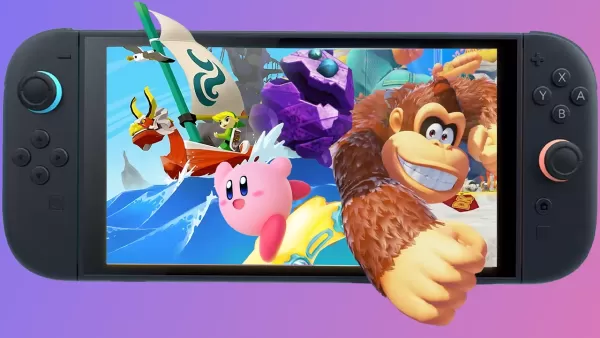
The Screen
The Switch 2’s display is a standout feature, upgrading from the original’s 6.2-inch, 720p LCD to a 7.9-inch, 1080p LCD with HDR 10 support and a 120Hz variable refresh rate. While not OLED like the Switch OLED, it offers smoother visuals for compatible games and indie titles with unlocked frame rates.
The HDR 10 certification ensures a peak brightness of at least 1,000 nits, and Wide Color Gamut support promises vibrant visuals. Compared to the Steam Deck’s 800p LCD (400 nits) or OLED display, the Switch 2’s screen is a significant step up in resolution and brightness.
Is the Nintendo Switch 2 Worth It?
Compared to the original Switch, the Switch 2 offers dramatic improvements: a faster processor, a sharper and brighter display, and improved Joy-Con design. However, it faces stiff competition from other handheld gaming systems, many of which outperform it in multiplatform games at a higher price point.
The Switch 2’s true strength lies in Nintendo’s first-party titles, optimized to maximize its modest hardware. For fans of games like Mario Kart World or The Legend of Zelda, the $449 console is a compelling choice. For those focused on multiplatform titles like Cyberpunk 2077 or Elden Ring, other handheld options may provide a better experience.

 Latest Downloads
Latest Downloads
 Downlaod
Downlaod
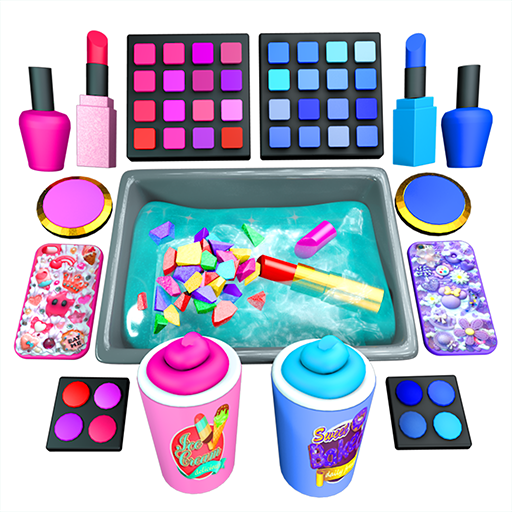
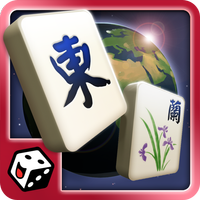


 Top News
Top News